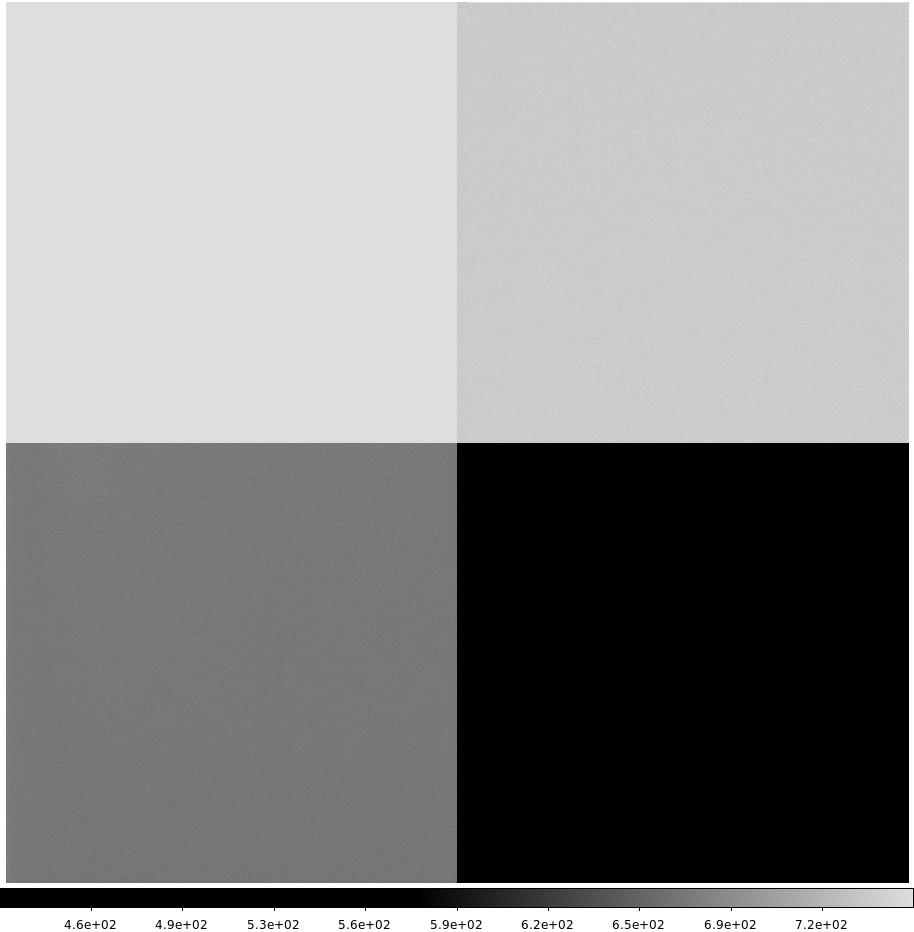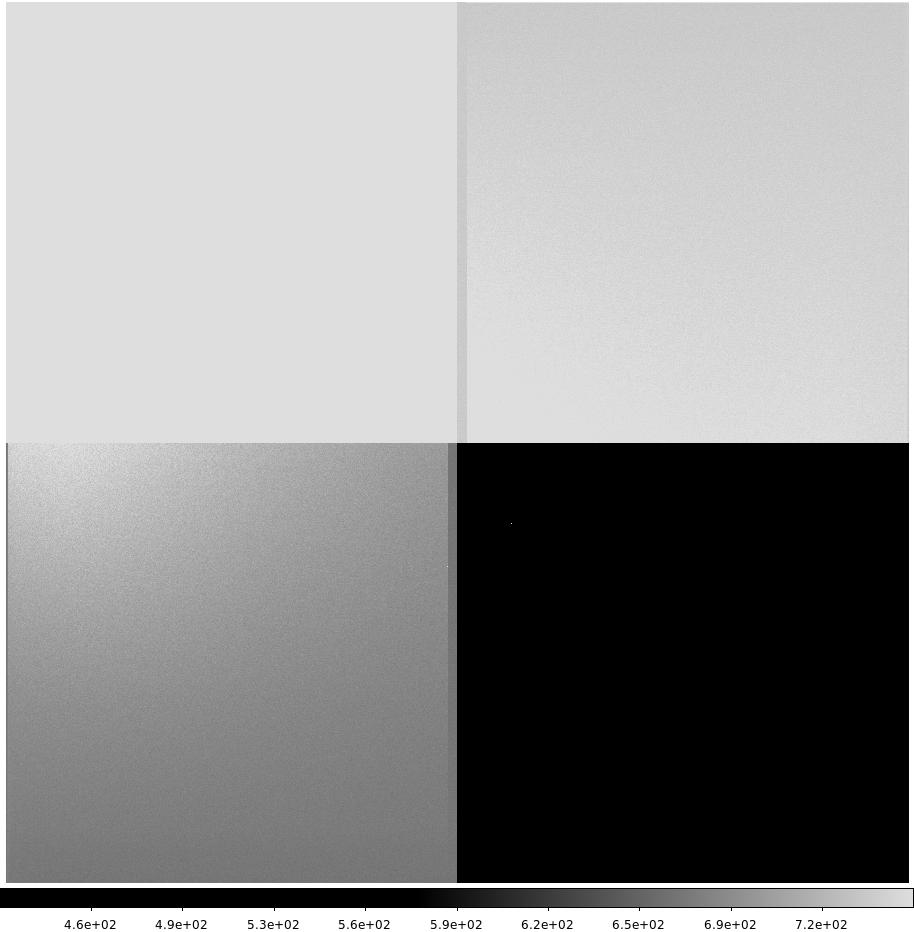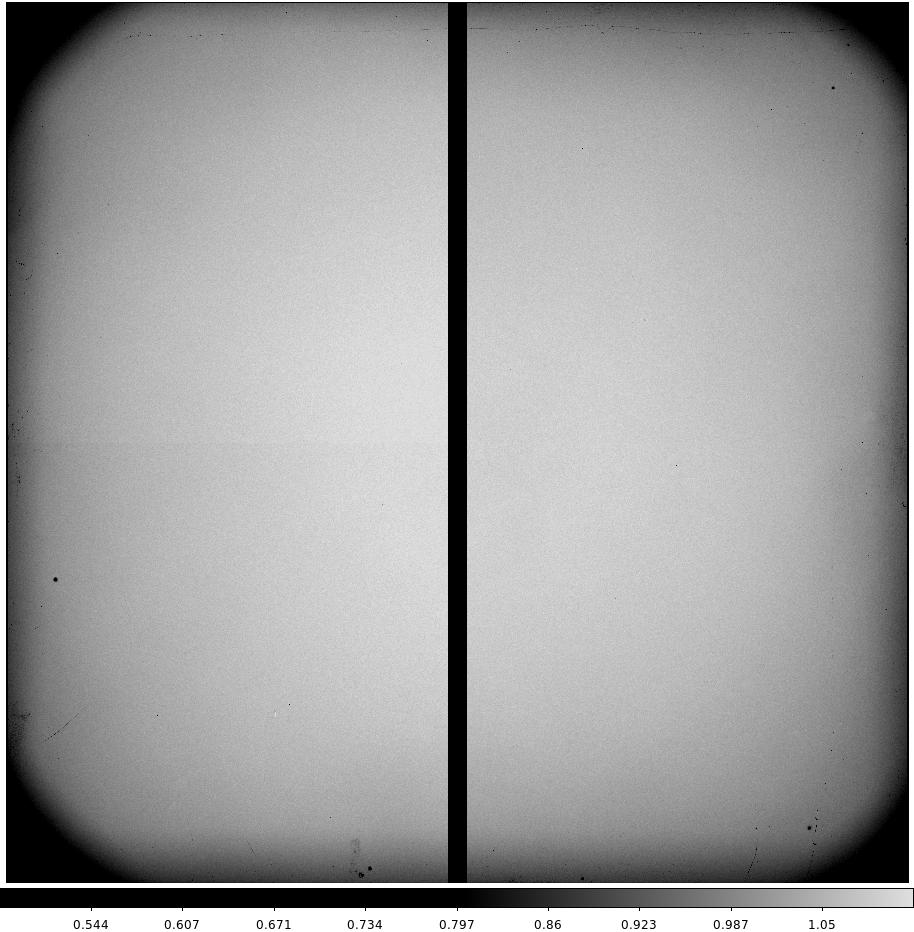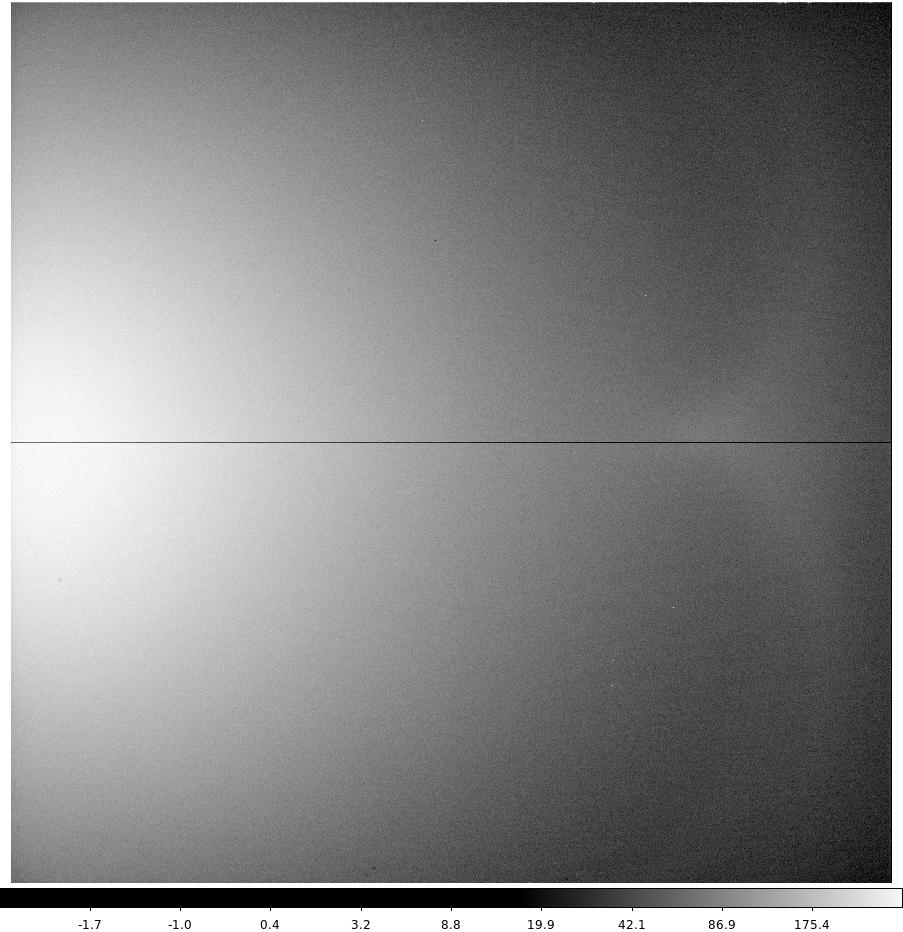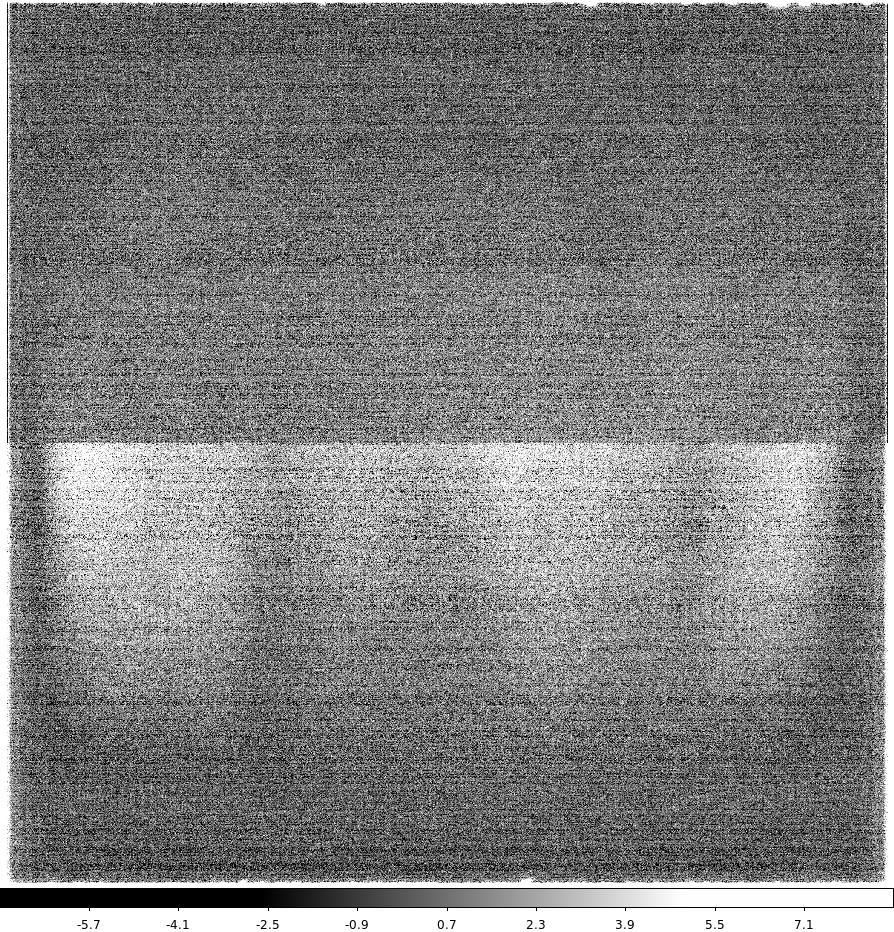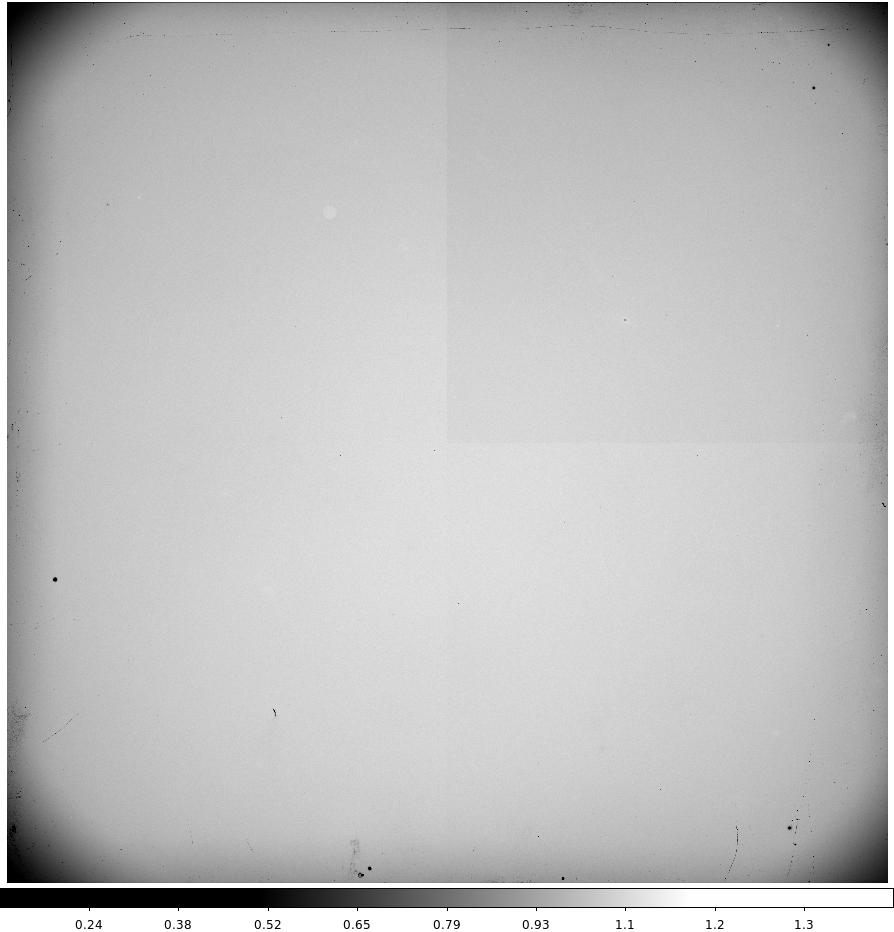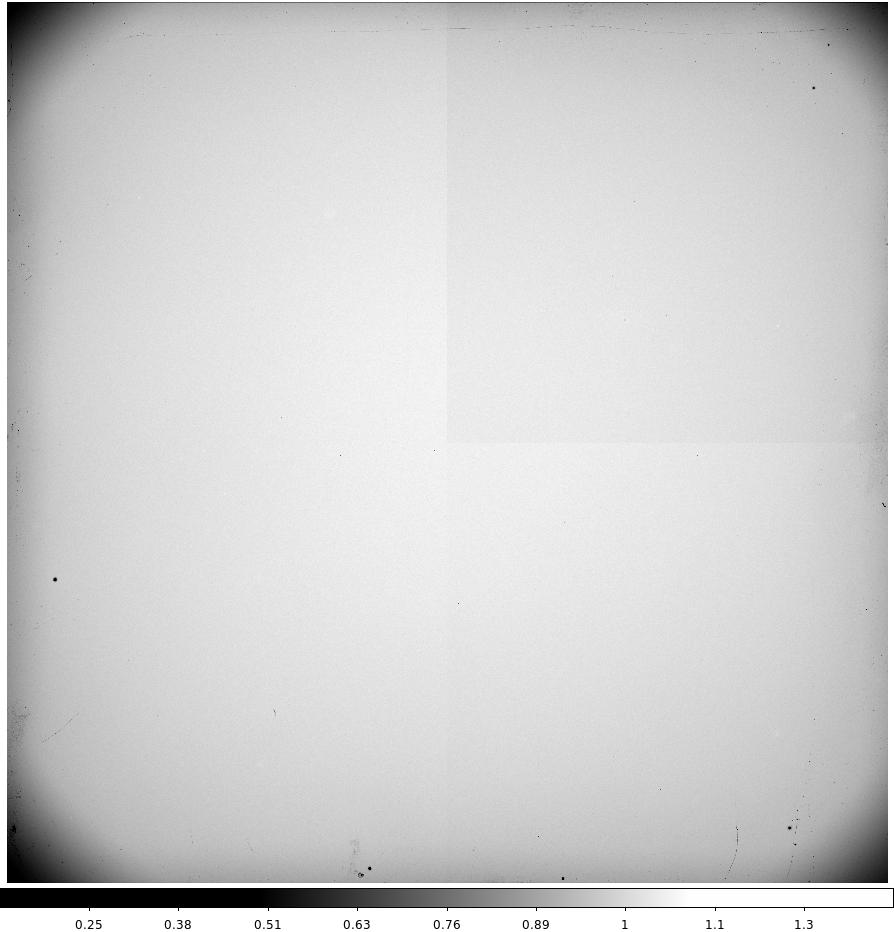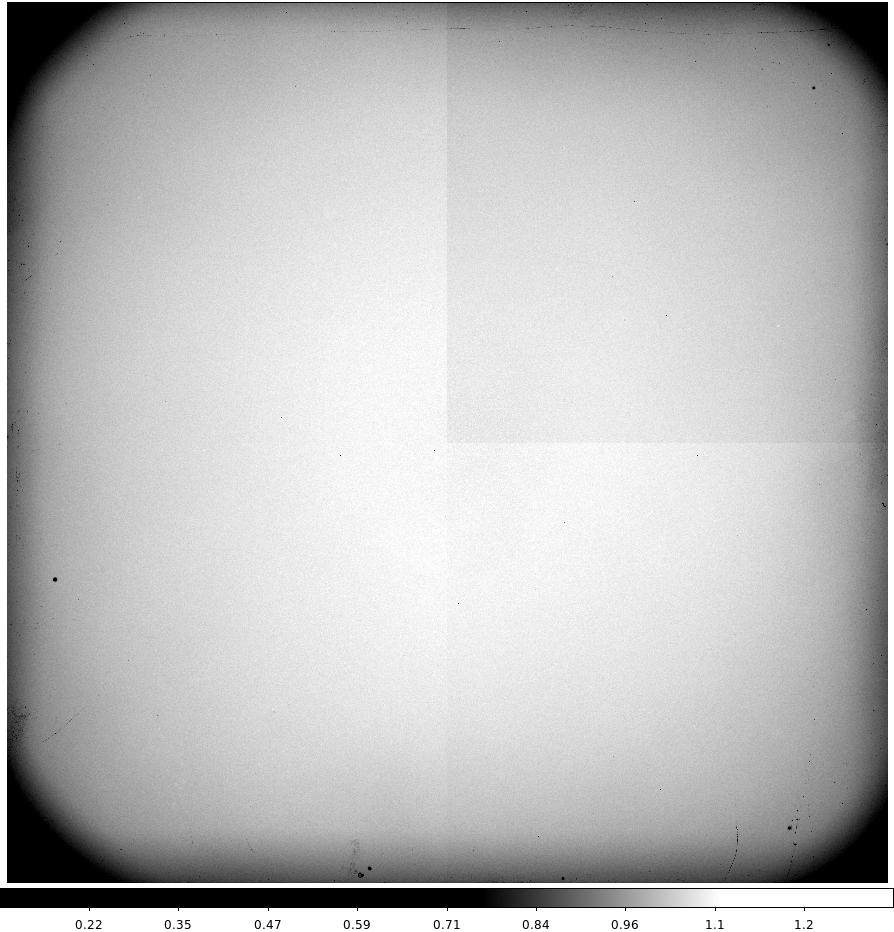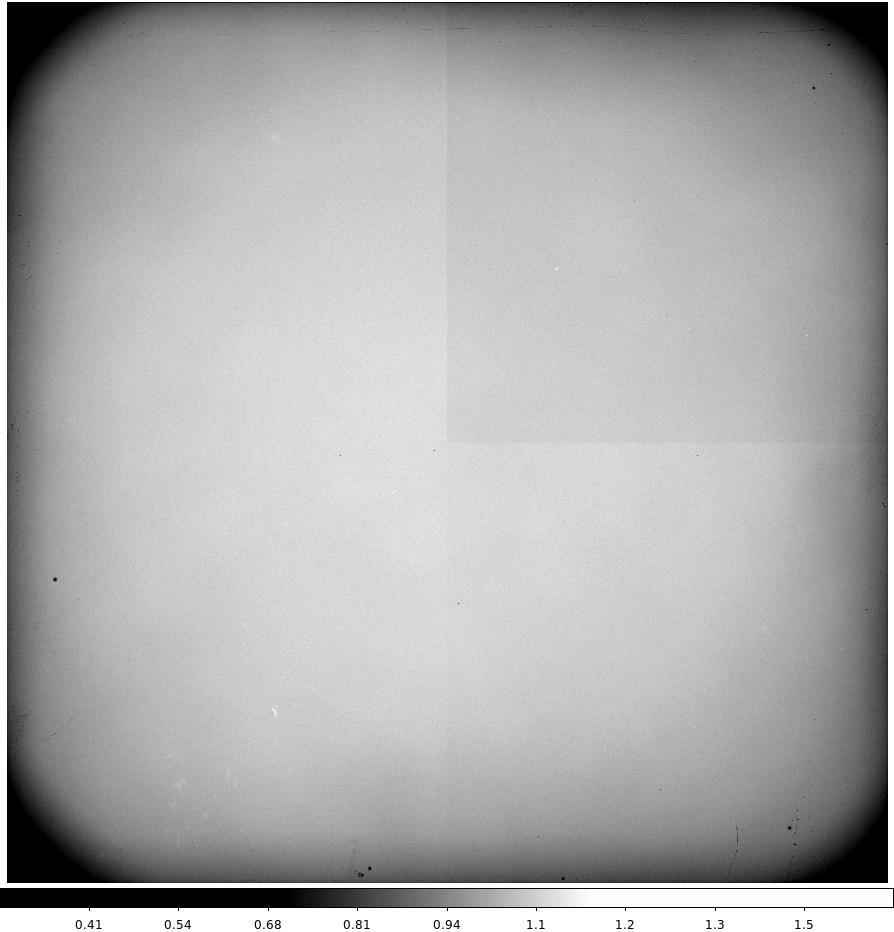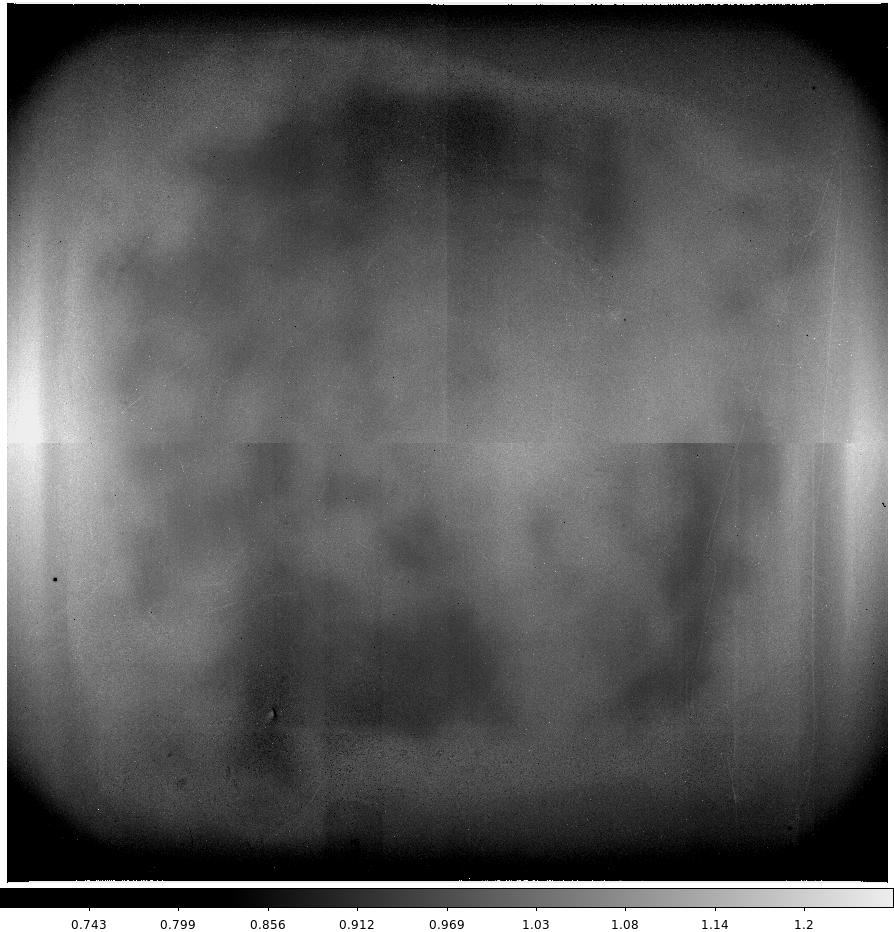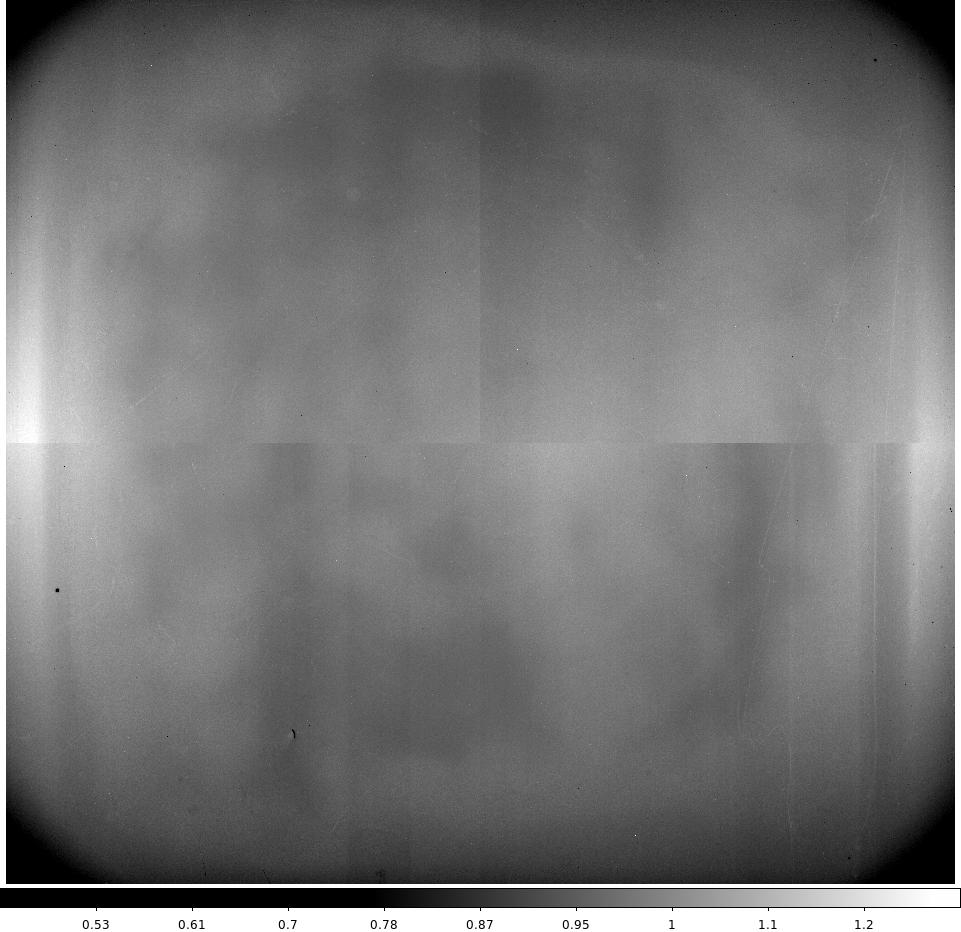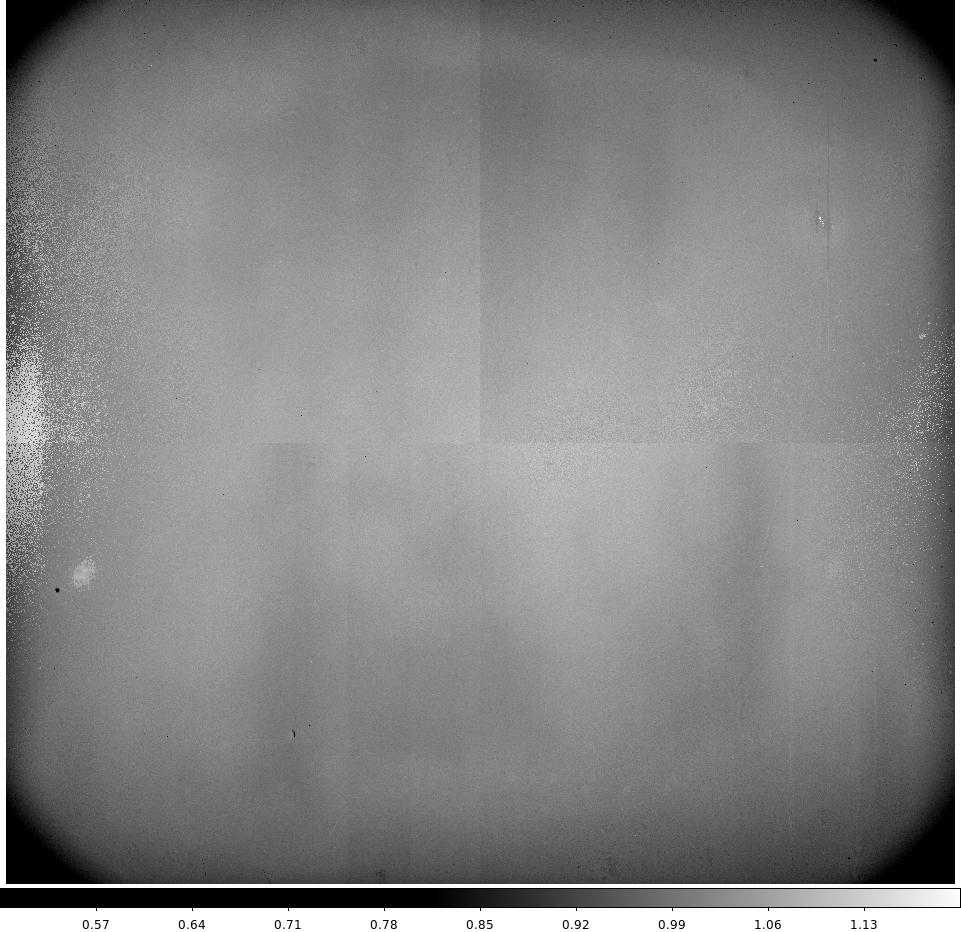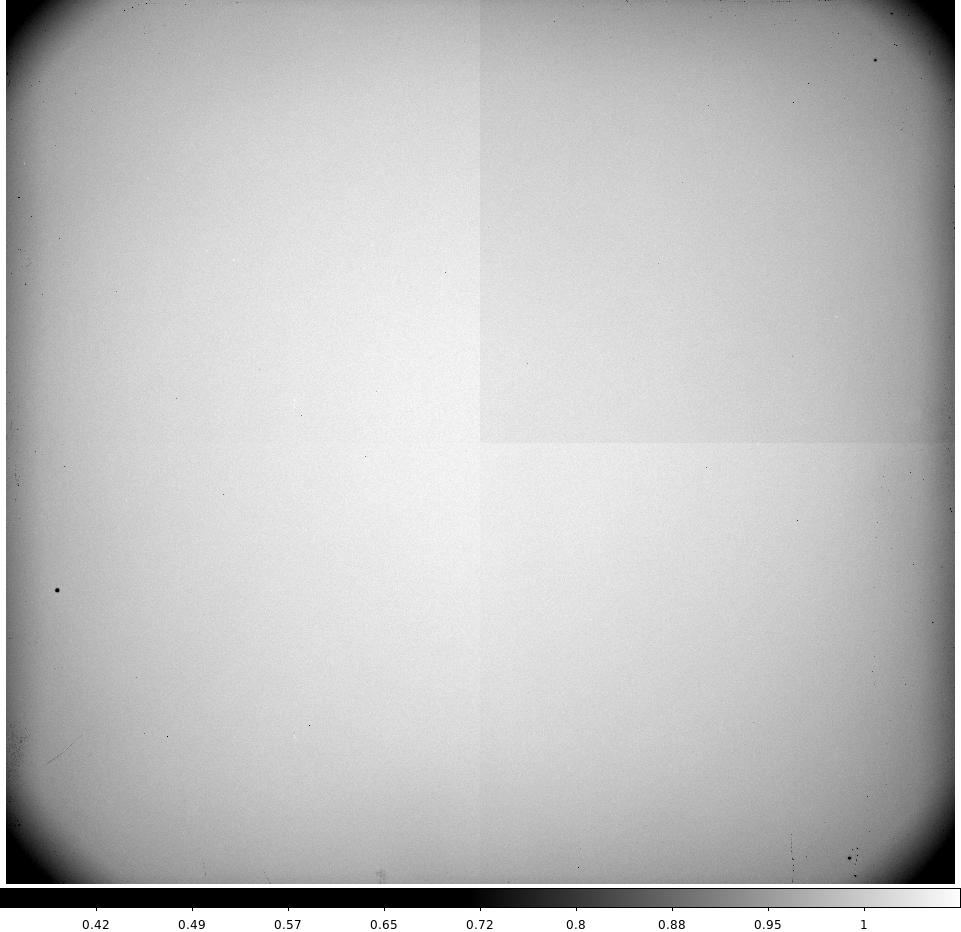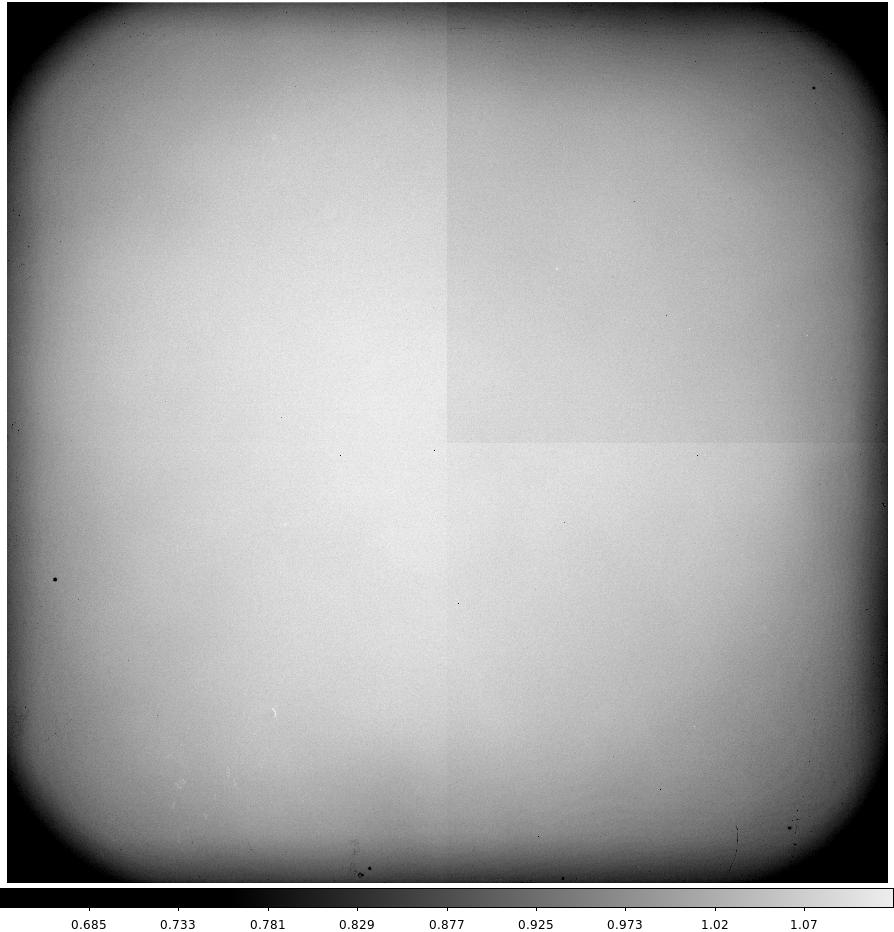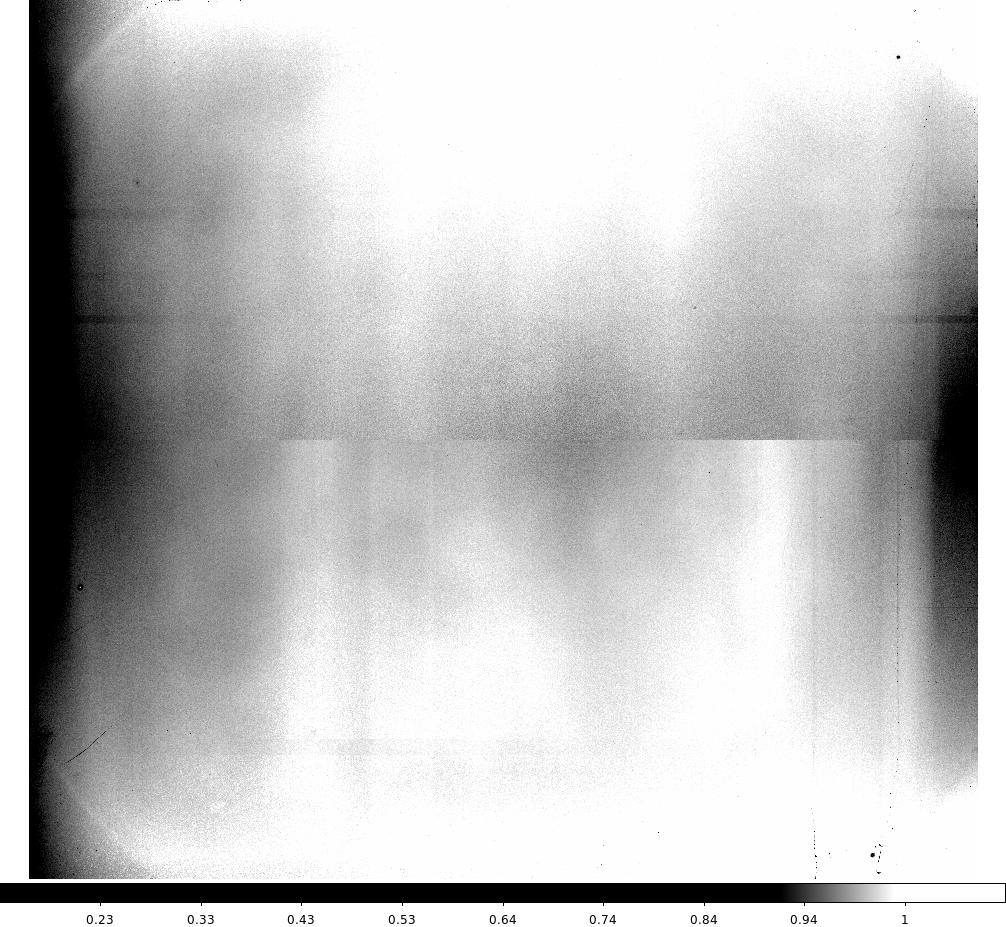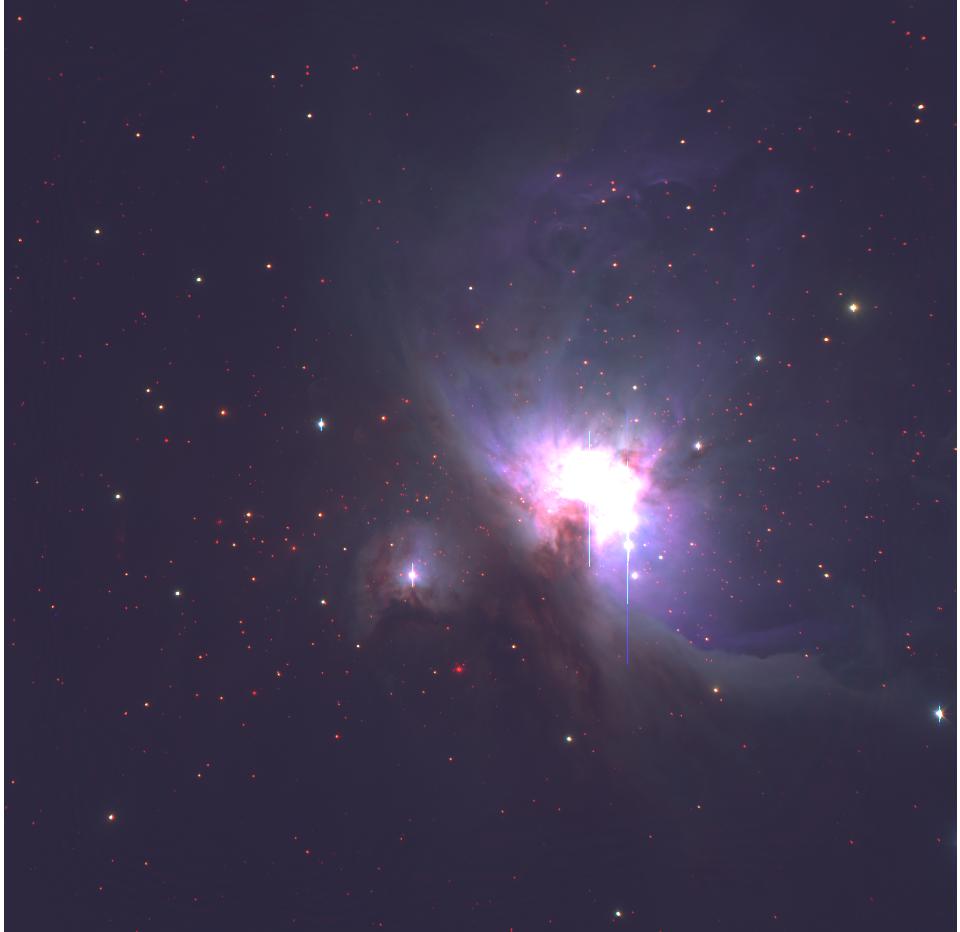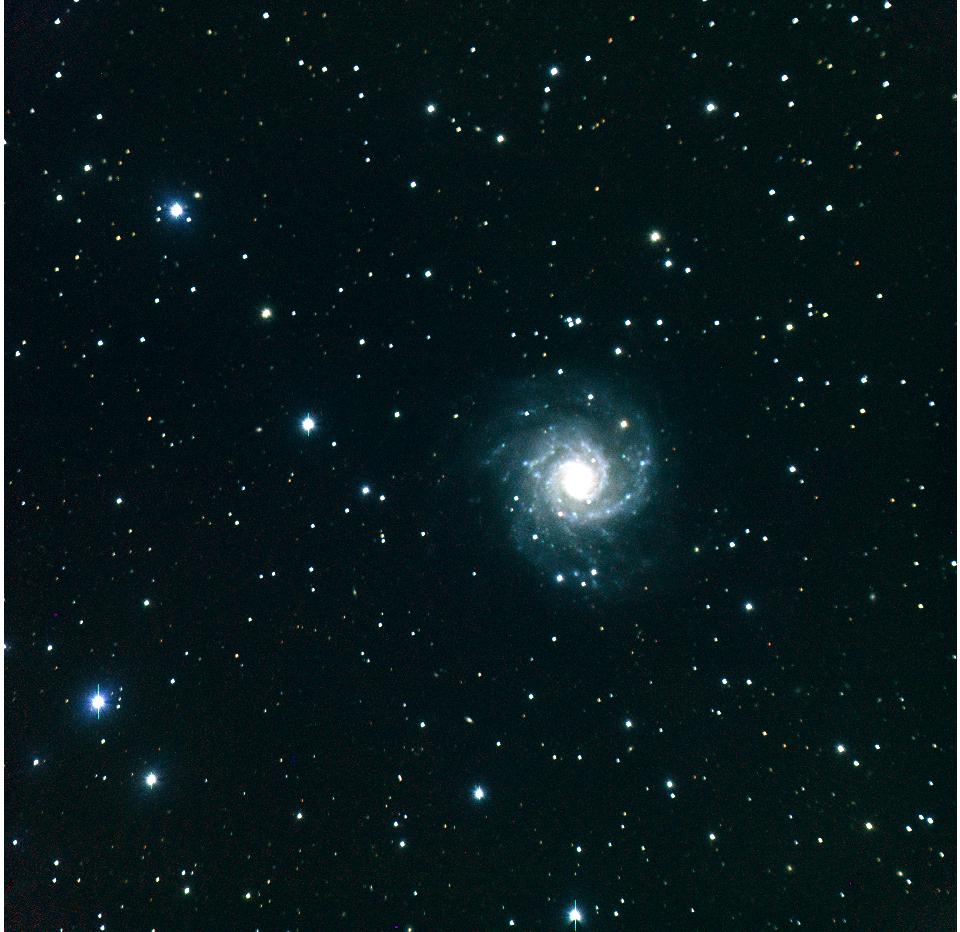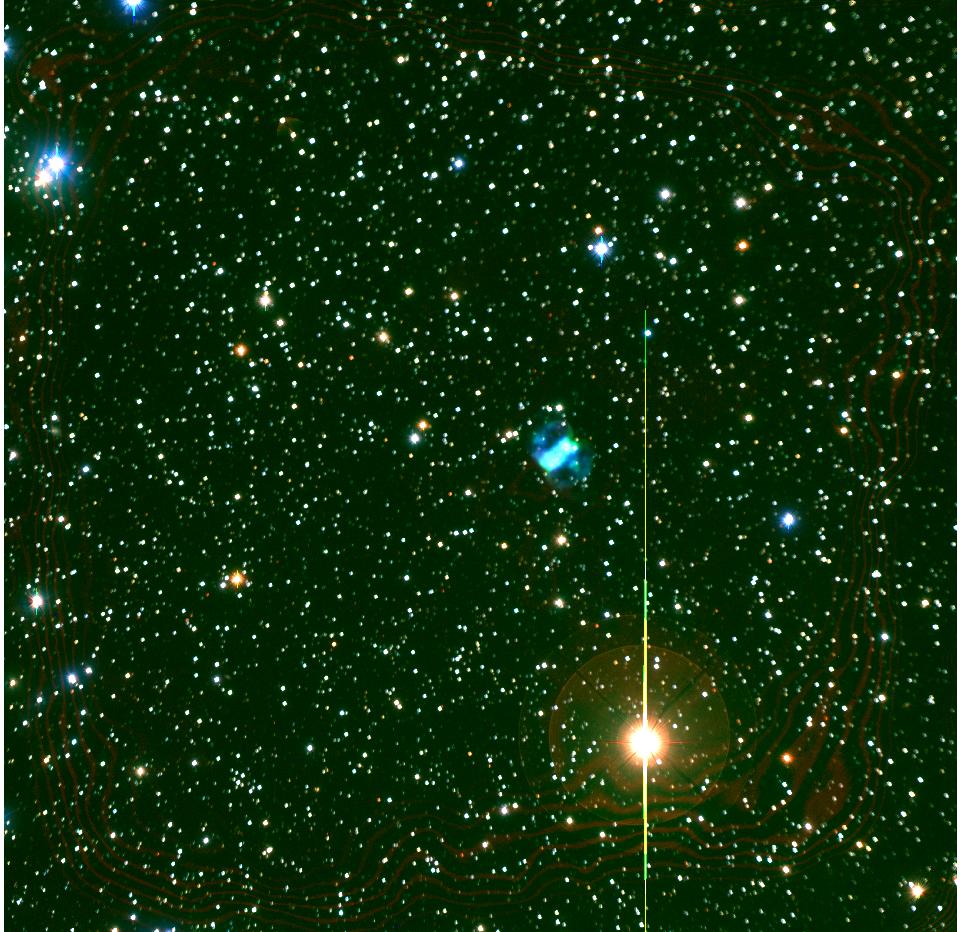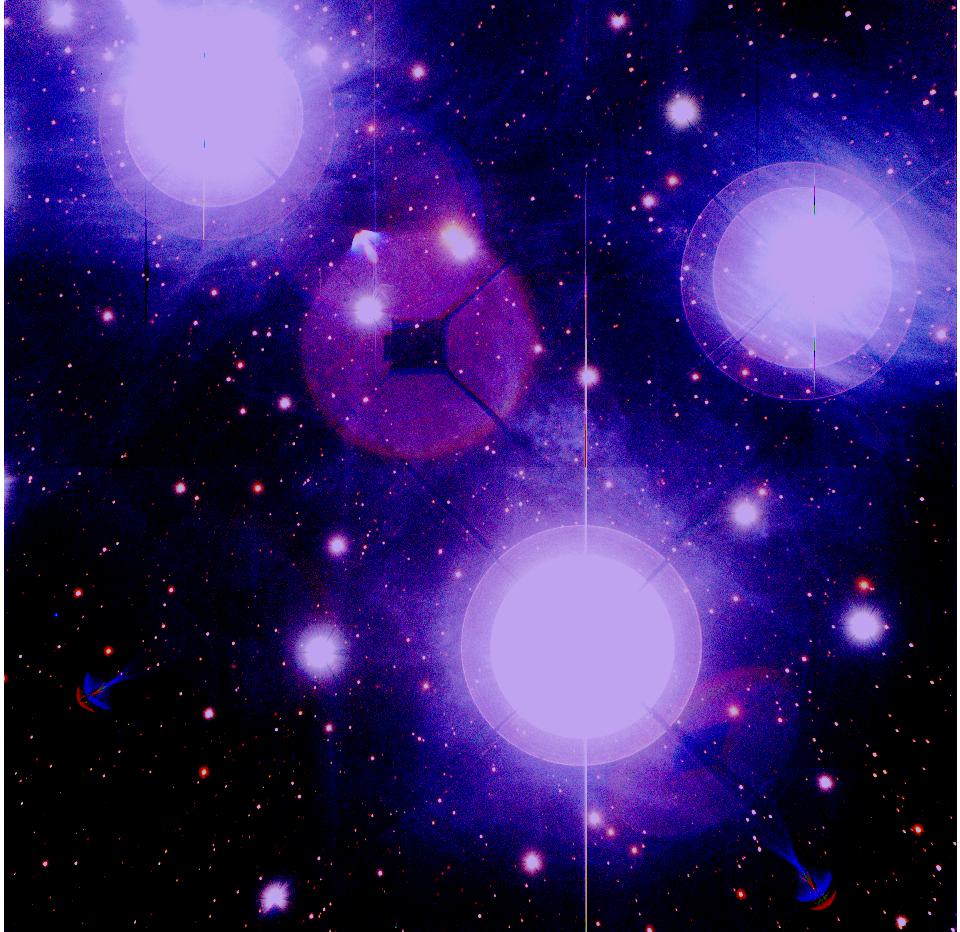
WIRO DoublePrime (WIRO)
A wide-field prime focus imager for WIRO
Overview and sample data
WDP has a field of view of about 39′ at a scale of 0.58″/pix. The ccd is a custom 4096×4096 UV-sensitive array from the laboratories of Mike Lesser. It was integrated into a dewar by Astronomical Research Cameras (Bob Leach) and uses ARC Generation 3 electronics. It was received in the fall of 2014 at UW and commissioned through October 2015. WDP was funded by a NASA EPSCOR grant to Profs. Chip Kobulnicky and Adam Myers. It is used behind a custom 4-element prime focus corrector designed by Prof. Chip Kobulnicky and built and installed in 2006 by Prof. Mike Pierce. The WDP filter wheel was designed and built in the UW Arts and Sciences shops under the supervision of WIRO engineer James Weger and Prof. Chip Kobulnicky. It was commissioned in the summer of 2014 and has slots for five 3.5″ filters. Smaller filters can be accomodated with insets but the FOV is reduced. See the filter list.
When used in normal 4-amplifier readout mode the readout time of WDP is 21 seconds. Normal operating array temperature is -110 C or -100 C. The four overscan regions regions are located near the middle of the raw image. The following graphics show a typical bias (left), a typical bias with the ccd window heater on (middle), and a typical i-band normalized domeflat (right). Skyflats are recommended. Because the window heater contributes non-negligibly to the image, it is recommend to turn it off during observing. Bias levels vary from the high 400’s (lower right quadrant) to high 700’s (upper left quadrant). North is to the left left and east is up in raw images. An 3W resistor located between the shutter and the ccd window may be used to prevent condensation on the window.
Reductions
Notes on reducting data from the WIRO Double Prime (WIRO-DP) 4096×4096 imager. Version 2015 October by Chip.
1. Overscan subtraction and Trimming
Overscan regions for each amplifier are in the middle of the raw image. The image may be overscan subtracted and trimmed using the follwing IRAF script called WDPzero.cl . Place this script in your working directory (or somepleace IRAF can find it). Use this script as follows.
# define task in IRAF
task WDPzero=WDPzero.cl
# create a single column list of all raw images to be overscanned and trimmed
ls -1 *.fit > infiles.txt
# run script to use colbias to do overscan and trimming, producing 4096x4096 *_z.fits suffix files.
WDPzero("infiles.txt")
2. Darks
Dark current at -110 C is < 0.01 ADU/sec/pixel, although there does appear to be some pattern. Below is a master dark exposure created from seven 300-sec darks.
2. Flatfielding
Sky flats are recommended. Dome flats can work if the whole field of view is not required. Below are typical normalized domeflats in each of the five 3.5″ sloan filters with links to .fits images.
Below are typical skyflats
Below is the ratio of a domeflat to a skyflat in i band to give some indication of how bad it might be to substitute domeflats for skyflats.
3a. Distortion correction (option 1)
The prime focus corrector introduces pincushion distortion that is most noticable near the edges of the 39′ field. In order to stack and co-add images this distortion must first be corrected so that the plate scale is the same at the edges of the field as at the center. This can be accomplished with the IRAF task geotran using the coordinate transformation described in WDPdistor.db which was created using geomap with input being the raw data x-y reference and pixel positions in WDPdistor.txt (by Chip, 2015 October 05 data). A description of the geometric correction is found in WDPdistor_results.txt . Copy WDPdistor.db to your working directory.
# in IRAF use geotran geotran @inputlist @outputlist WDPdistor.db WDPdistor.txt xscale=0.98 yscale=0.98 ncol=4096 nline=4096 bound=constant constant=0 #
3a. Distortion correction (option 2) See Joe Findlay’s guide to WDP stacking and astrometric correction.
4. Astrometric qualities
5. Sensitivity and color terms (from 2016Jan01 data by Joe)
| Filter | Zero point (mag) |
| u (Asahi) | — |
| u’ (Astrodon) | 24.52(0.03) |
| g’ | 25.31(0.02) |
| r’ | 24.90(0.02) |
| i’ | 24.37(0.02) |
| z’ | 23.74(0.03) |
Color Transformations to Sloan mags(‘ denotes wiro mags)
u = u’ – 0.008(u’-g’)
g = g’ + 0.039(g’-r’)
r = r’ – 0.031(r’-i’)
i = i’ – 0.086(r’-i’)
z = z’ + 0.004(i’-z’)
6. Linearity
The WDP ccd is linear to at least 60,000 ADU in all four quadrants.
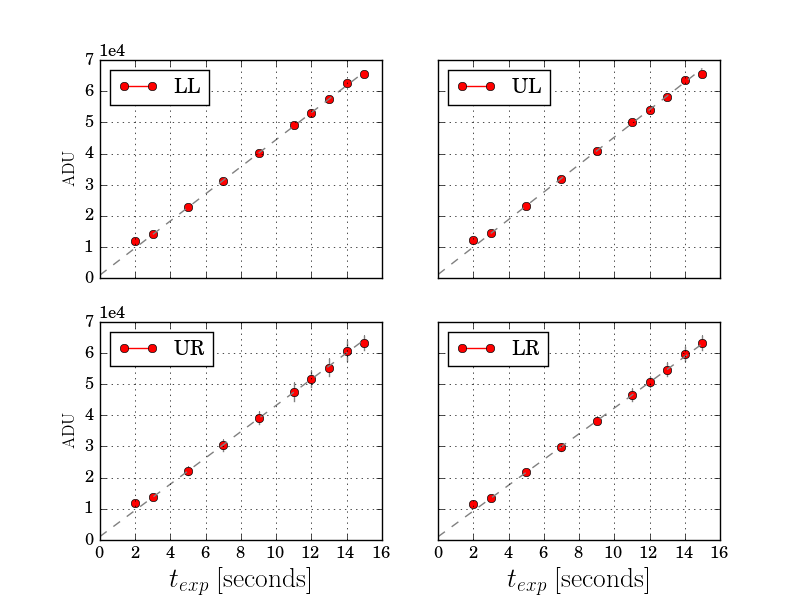
7. Gain and Readnoise (Nov 2015 data by Joe Findlay)
| quadrant | Gain (e-/ADU) | Readnoise(e-) |
| LL | 2.66pm0.05 | 5.4 |
| LR | 2.62pm0.05 | 5.2 |
| UL | 2.64pm0.05 | 5.2 |
| UR | 2.62pm0.05 | 5.2 |
8. Shutter timing effects
Exposure times of less than 2 sec are not recommended due to finite shutter open/close timing. The following figures shows ratios of various exposures to an 8-sec exposure on a dome flat lamp

9. Example Images
